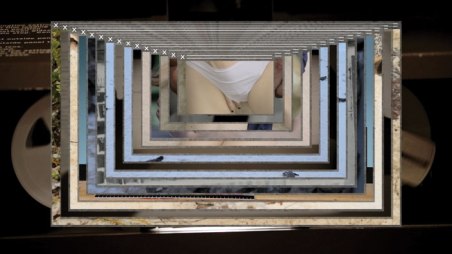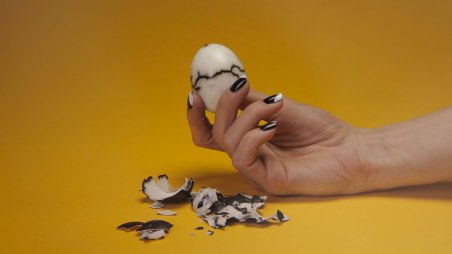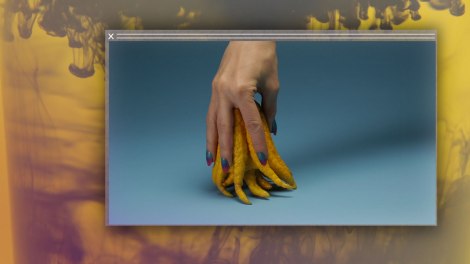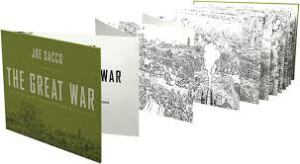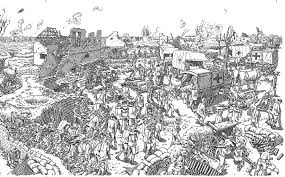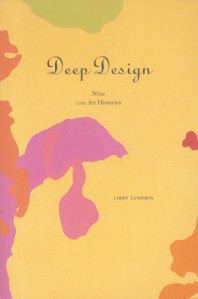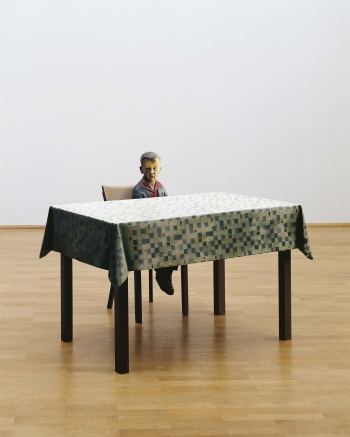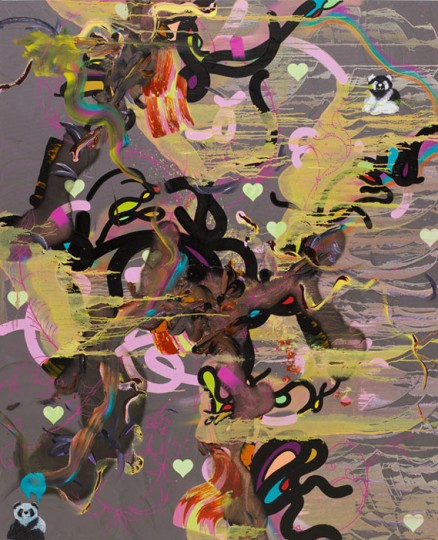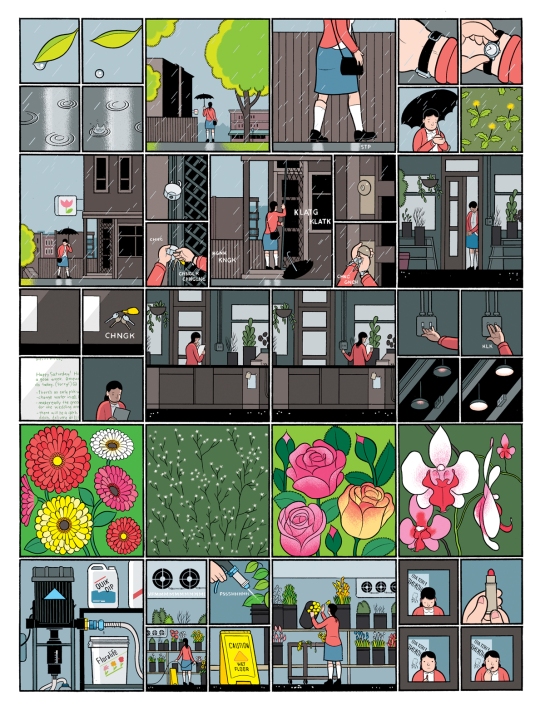
Building Stories, Chris Ware
Over the past twelve months or so there appear to have been a number of books published which could only exist as hard copy print artefacts. It is perhaps a reaction to the rise of the e book/kindle/i-pad. They are concerned with the book form: paper, weight, ink, texture, binding, text, image and many take the book form into new territories.
Chris Ware’s Building Stories is exemplary. It’s hardly a book at all. This is a set of books, pamphlets, posters all housed in a large ‘board game’ box. The books etc. narrate a series of intertwining stories in beautiful graphic drawings. There is no beginning, middle or end; it’s non linear. You can begin wherever you like. This story of a building and its inhabitants manages to communicate in ways that text alone cannot. And indeed, even the sequential form of the graphic novel is taken to task as Ware plays on information graphics and children’s board games to explore relationships between image and text and sequential narrative.
The key narrative, in Building Stories’ numerous cross narratives, features a story of a young woman living alone, a former art student, who finds her career trajectory didn’t map out quite how she imagined it might. She muses on her daily struggles and reflects upon her life, her insecurities and her relationships. It focuses upon the incidentals. Ware takes time to draw out, literally and metaphorically, the details of our lives and the moments we find for analysis and reflection. The drawings are precise and the narrative draws upon cinema (Yasujiro Ozu springs to mind), board games, comics/strip cartoons (Richard McGuire et al) and graphic novels.
Ware guest edited a volume of Dave Eggers Literary magazine (book) McSweeney’s some years ago. Ware’s McSweeney’s contains wrap around posters, mini-books and pamphlets. The essays and contributions cover the history of comics and the graphic novel (Rodolphe Topffer, George Herriman et al) and the artists that have proved to be inspirational for a new generation (including Philip Guston). Ware introduced the edition with a quotation from Nabokov:
I don’t think in any language. I think in images. I don’t believe that people think in languages. They don’t move their lips when they think. It is only a certain type of illiterate person who moves his lips as he reads or ruminates. No I think in images, and now and then a Russian phrase or an English phrase will form with the foam of the brainwave, but that’s about all.
BBC Interview with Vladimir Nabokov, 1962
Ware goes on to claim that ‘Comics’ are ‘not a genre, but a developing language and …the real reward of this bastard form of half art/half writing [is] a purely individual musical vision that comes to life on paper’. Ware, perhaps more than any other artist/writer explores this new and developing language.
However, there are other artists/writers worthy of note and other books that have been published recently. Adrian Tomine’s drawings for the New Yorker magazine New York Drawings was published last year. It is a beautiful book, bound in the manner of a children’s annual from the 1950’s. It is not a graphic novel. This is a collection of images, but the images are beautiful and articulate.
The drawings capture New York street life and the curious paradoxes and moral dilemmas of contemporary life in the city; Tomine is a flaneur for the 21st century. There is a wonderful precision and economy in Tomine’s line drawings and yet the line retains a verve and immediacy. Imagine a mix of Horoshige, Manet and Herge.
Another terrific graphic book I came across last year was Lamia Ziade’s Bye Bye Babylon: Beirut 1975 – 1979. It is a graphic memoir of her childhood formative years in Beirut during the civil war that laid waste to the city and the country told in text and images. It tellingly uses the power of images and details to build a broader picture of life in the city, a Bazooka chewing gum, a Kent cigarette packet, a Lebanese ID card. Ziade offers a picture guide to the various factions vying for control of Beirut: Kataab, Amal, Saiqa, Marada et al and an inventory of the artillery in use during the conflict: Kalashnikov AK 47, M16, Dragunov, Tukarev etc. The images are rendered in Ziade’s exquisite watercolours. They have a naïve childlike quality. The brushwork is simple, the colour vivid and the frisson between the naïve simplicity of a child’s perspective and the shocking images of violence and war has an incredible communicative power. It’s a terrific book and it demonstrates perfectly Nabokov’s assertion that we do indeed think in images.
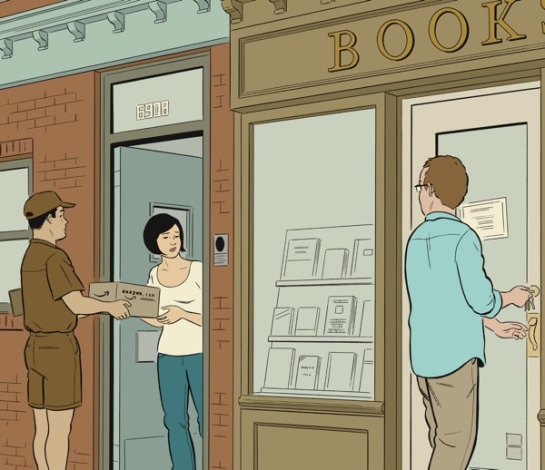
Read-Handed, Adrian Tomine, New Yorker, June 2008
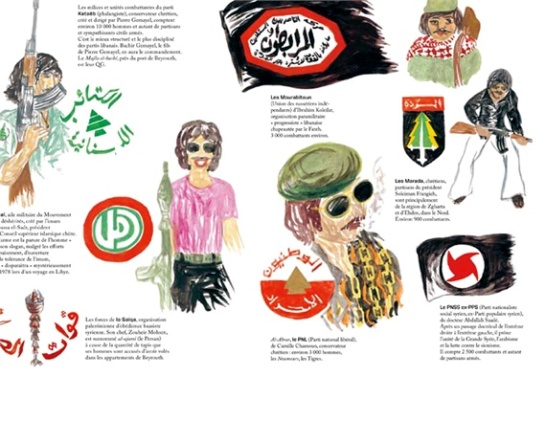
Bye Bye Babylon, Lamia Ziade, 2011
Building Stories, by Chris Ware is published by Random House.
Mc Sweeney’s Quarterly Concern, Issue Number 13, guest edited by Chris Ware, is published by Hamish Hamilton
New York Drawings, by Adrian Tomine is published by Faber & Faber
Bye Bye Babylon: Beirut 1975 – 1979, by Liame Ziade is published by Jonathan Cape
